The Picts were an ancient society that thrived in Iron Age Scotland from 79 to 843 CE. Despite their relatively short existence, they left a lasting mark on Scotland’s history and culture. Their legacy can be seen in various forms such as Pictish stones, silver hoards, and architectural structures.
The origins of the Picts
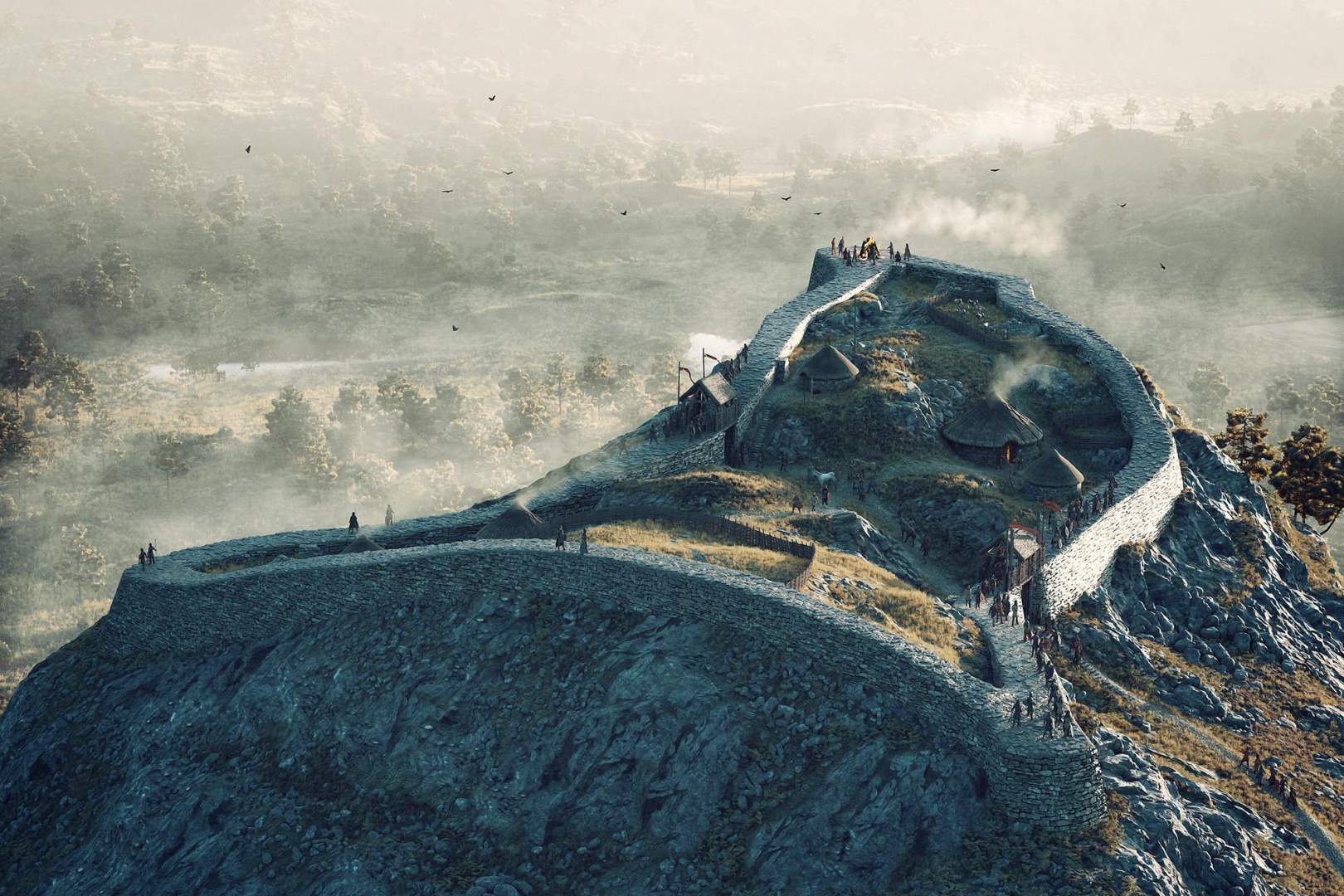
One of the most fascinating enigmas of the Picts is their origins, which remain a topic of debate among historians and archaeologists. It is generally agreed that they were a confederation of tribes and had seven kingdoms. However, the exact origins of the Picts are still shrouded in mystery. The word “Pict” itself is believed to have derived either from the Latin “Picti”, meaning “the painted people”, or from the native name “Pecht” meaning “the ancestors”, highlighting their unique cultural practices.
Military prowess: They stopped the mighty Romans
The Picts were known for their military prowess and engagement in battles. Perhaps their most famous opponent was the Roman Empire. Although they were divided into separate tribes, when the Romans invaded, the Pictish clans would come together under a single leader to resist them, similar to the Celts during Caesar’s conquest of Gaul. The Romans made three attempts to conquer Caledonia (now Scotland), but each one was short-lived. They eventually built Hadrian’s Wall to mark their northernmost border.
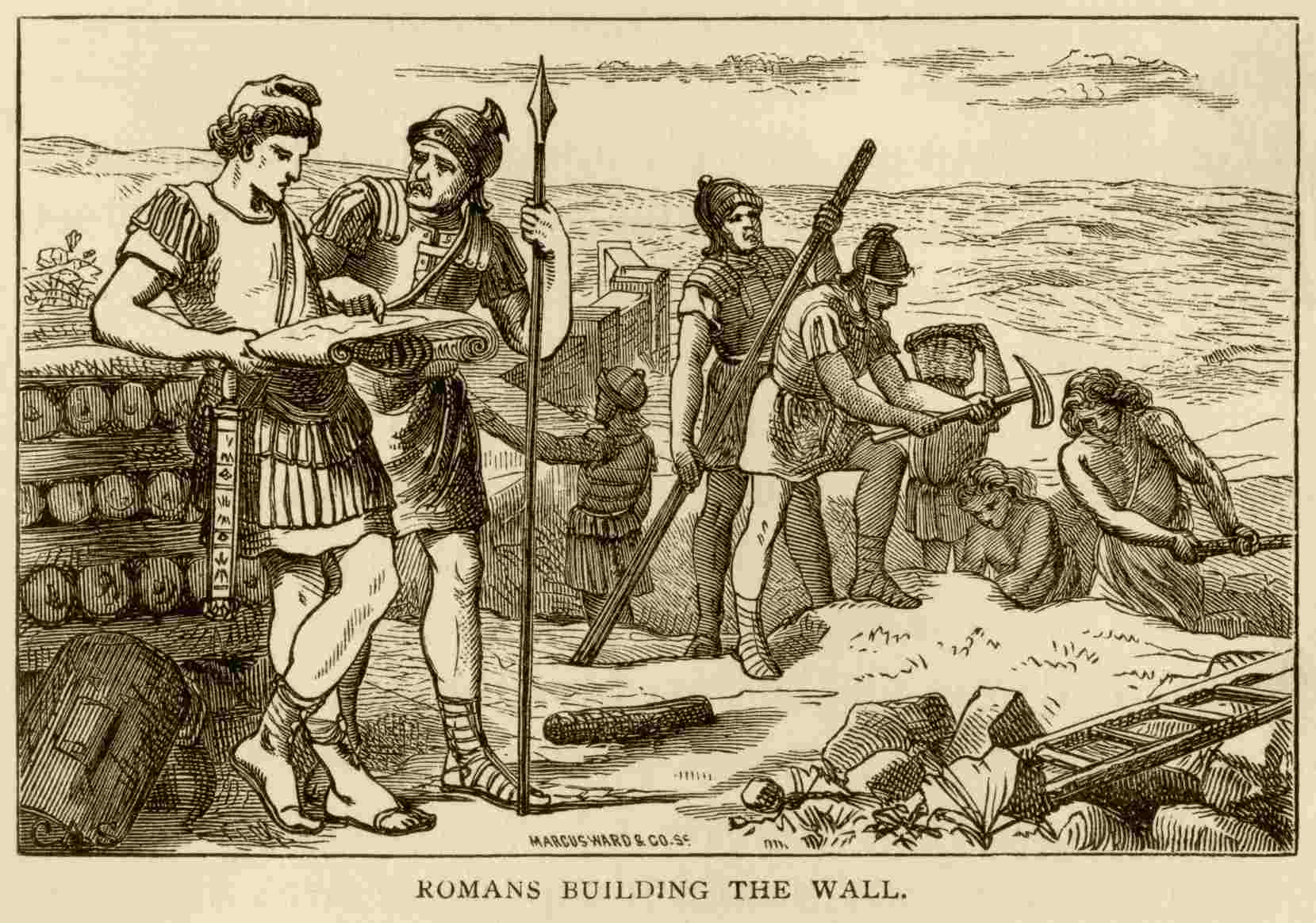
The Romans briefly occupied Scotland as far as Perth and built another wall, the Antonine Wall, before retreating back to Hadrian’s Wall. In 208 CE, Emperor Septimius Severus led a campaign to eradicate the troublesome Picts, but they used guerrilla tactics and prevented a Roman victory. Severus died during the campaign, and his sons returned to Rome. As the Romans were consistently unsuccessful in subduing the Picts, they eventually withdrew from the region altogether.
Interestingly, while the Picts were fierce warriors, they were relatively peaceful among themselves. Their battles with other tribes were usually over minor issues like livestock theft. They formed a complex society with intricate social structures and an organized political system. Each of the seven kingdoms had its own rulers and laws, suggesting a highly organized society that maintained peace within its borders.
Their existence shaped the future of Scotland
Over time, the Picts assimilated with other neighboring cultures, such as the Dál Riata and the Anglians. This assimilation led to the fading of their Pictish identity and the emergence of the Kingdom of Scots. The Picts’ influence on Scottish history and culture cannot be understated, as their assimilation ultimately shaped the future of Scotland.
What did the Picts look like?
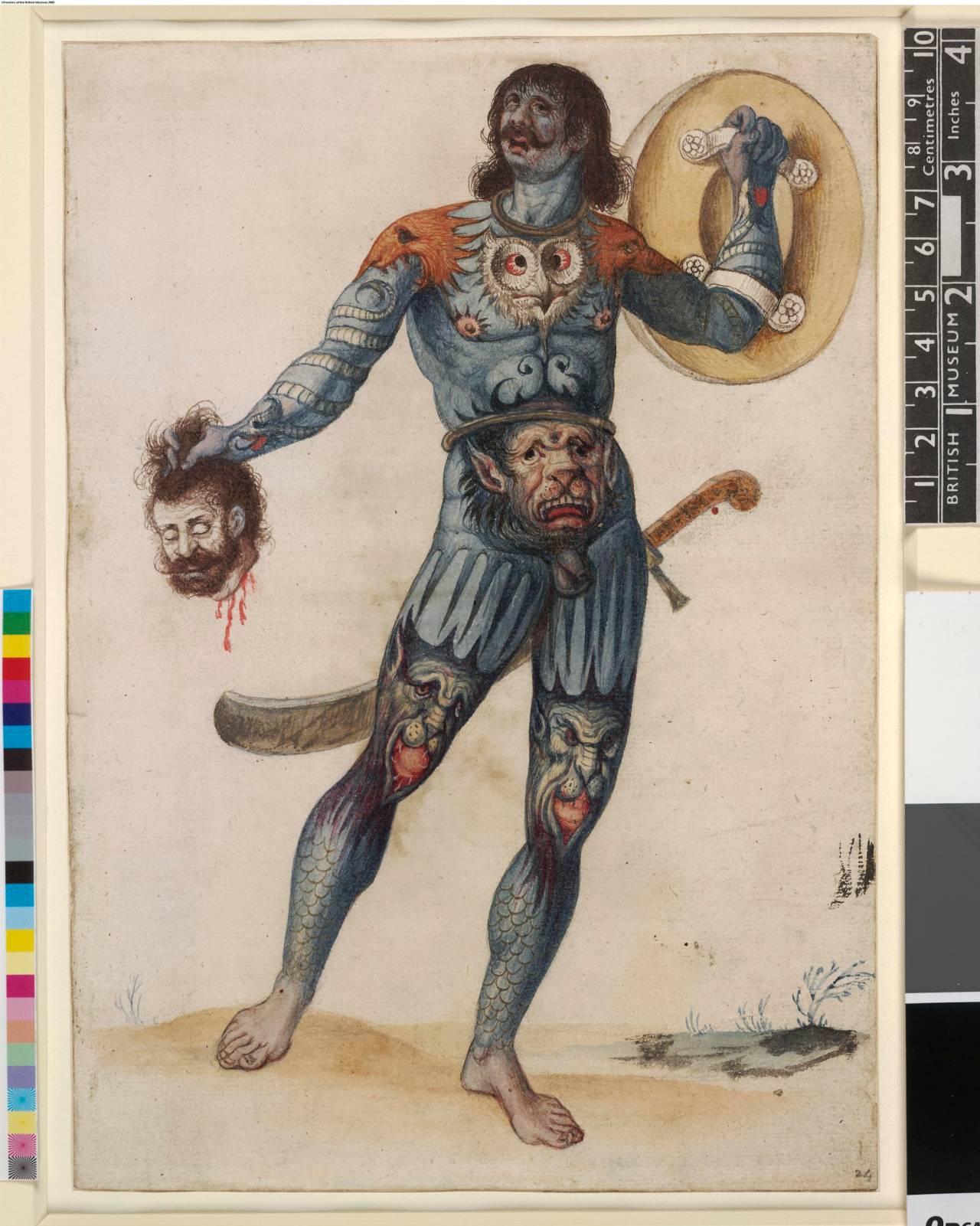
Contrary to popular belief, the portrayal of the Picts as naked, tattooed warriors is largely inaccurate. They wore various types of clothing and adorned themselves with jewelry. Unfortunately, due to the perishable nature of fabrics, not much evidence of their clothing has survived. However, archaeological finds, such as brooches and pins, suggest that they took great pride in their appearance.
The Pictish stones
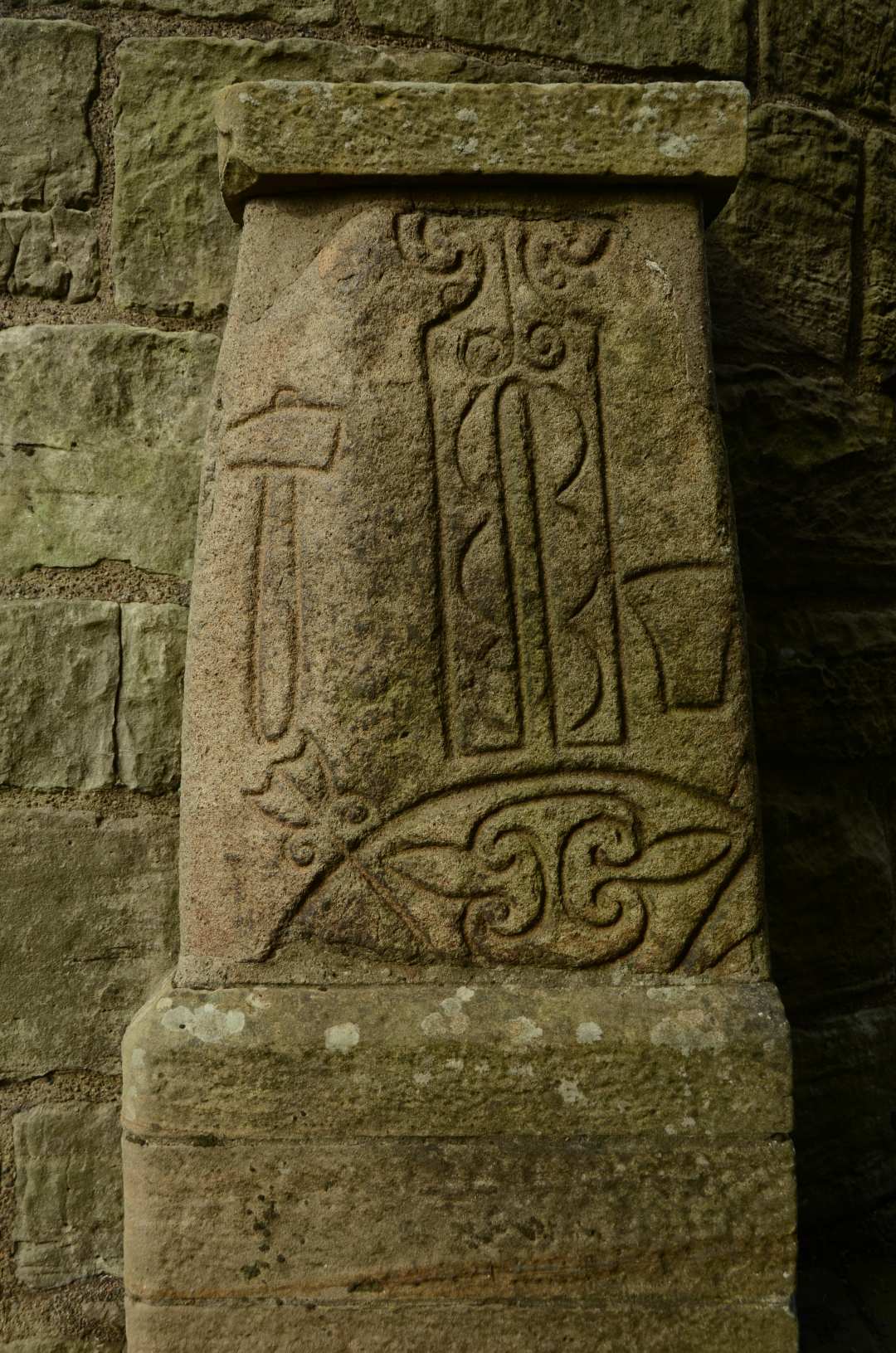
One of the most intriguing artifacts left behind by the Picts are the Pictish stones. These standing stones are divided into three classes and are decorated with enigmatic symbols. These symbols are believed to be part of a written language, although their exact meaning remains undeciphered. The Pictish stones elicit noteworthy clues to the artistic and cultural achievements of the Picts.
The Pictish silver hoards
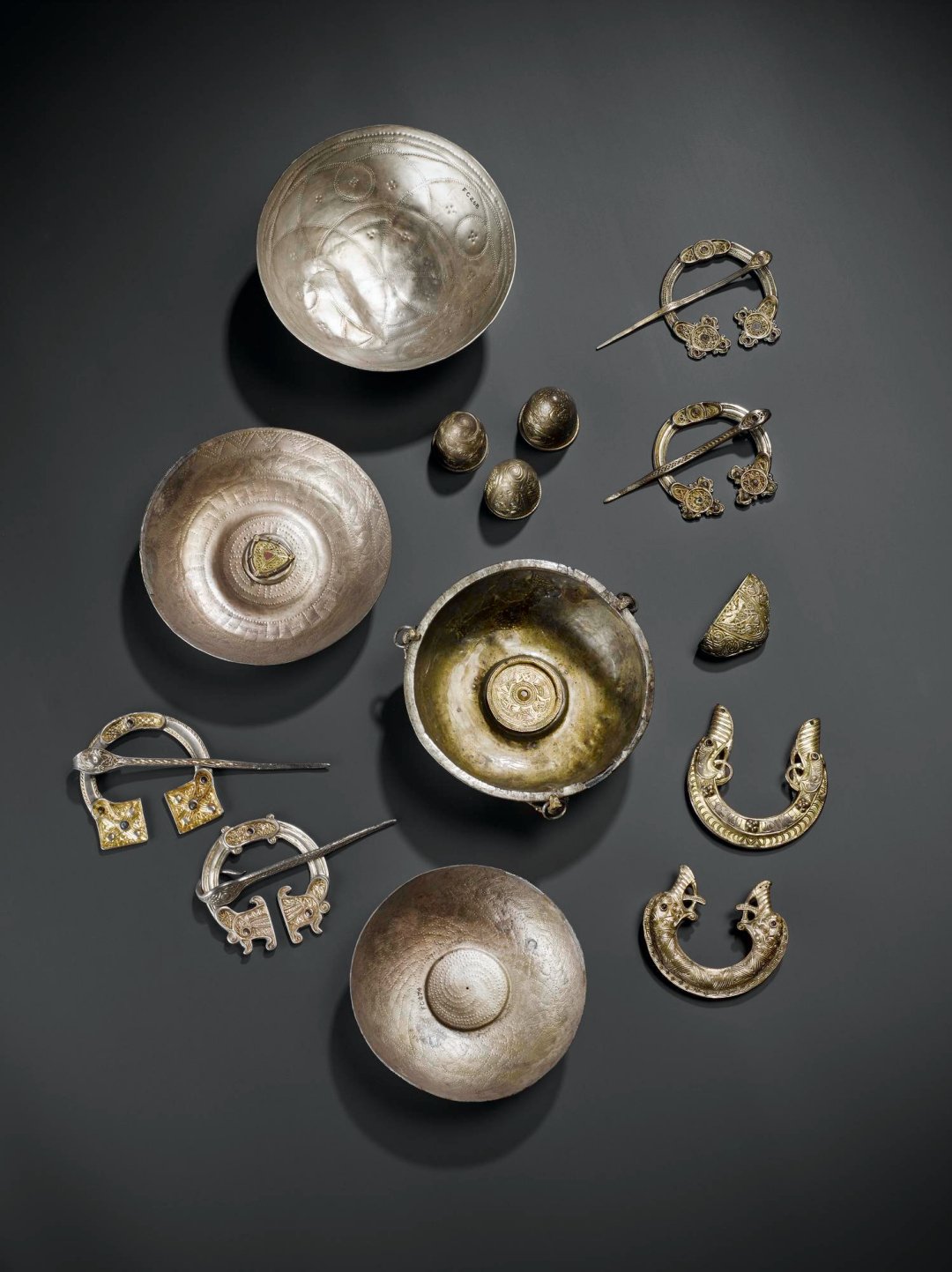
Another remarkable discovery related to the Picts is the Pictish silver hoards. These hoards were buried by Pictish aristocrats and have been unearthed in various locations across Scotland. The hoards contain intricate silver objects that showcase the exceptional artistry of the Picts. Notably, some of these silver objects were recycled and reworked from Roman artifacts, showing the Picts’ ability to adapt and incorporate foreign influences into their own culture.
Two famous Pictish hoards are Norrie’s Law Hoard and St. Ninian’s Isle Hoard. Norrie’s Law Hoard contained an array of silver objects, including brooches, bracelets, and goblets. Similarly, the St. Ninian’s Isle Hoard contained numerous silver artifacts, including a stunning silver chalice. These hoards share valuable reflections not only on Pictish craftsmanship but also on their economic and social structures.
Final thoughts on the Picts
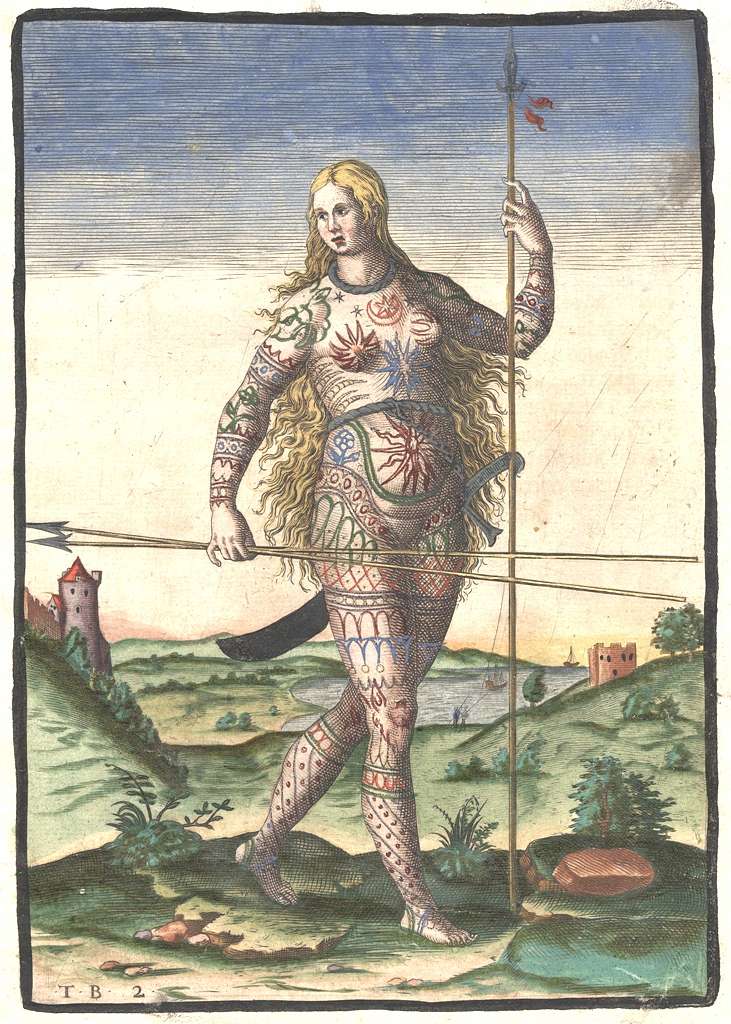
In conclusion, the origins of the Picts are shrouded in uncertainty, with conflicting theories and scant historical records. Some believe they were descended from the original inhabitants of Scotland, while others propose they were Celtic tribes from mainland Europe who migrated to the region. The debate continues, leaving their true lineage and heritage a puzzling enigma.
What is known, however, is that the Picts were highly skilled craftsmen and artists, evidenced by their elaborately carved stones. These stone monuments, found throughout Scotland, bear intricate designs and enigmatic symbols that have yet to be fully deciphered. Some depict scenes of battle and hunting, while others feature mythical creatures and intricate knotwork. Their purpose and meaning remain a subject of fervent speculation, fueling the allure of the Picts’ ancient civilization.
The Picts’ expertise in metalworking is also evident in the silver hoards discovered across Scotland. These caches of treasure, often buried for safekeeping or ritual purposes, reveal their mastery in crafting exquisite jewelry and decorative objects. The beauty and intricacy of these artifacts reflect a flourishing artistic culture, further deepening the mystery surrounding the Picts.
Interestingly, the Picts were not just skilled artisans but also formidable warriors. Accounts from Roman historians describe them as fierce opponents, waging battles against Roman invaders and even repelling Viking raids. The Picts’ military prowess, coupled with their secret symbols and resistant nature, add to the allure of their mysterious society.
As the centuries passed, the Picts gradually assimilated with the Gaelic-speaking Scots, their distinctive culture eventually fading into obscurity. Today, their legacy lives on in the remnants of their ancient structures, their captivating artwork, and the lingering questions that surround their society.
After reading about the mysterious world of ancient Picts, read about the ancient city of Ipiutak was built by a fair-haired race with blue eyes, then read about the Soknopaiou Nesos: A mysterious ancient city in the desert of Fayum.




